Throughout the analysis, audit, research, conceptualisation and proposal of the public website, we were able to see the day-to-day work of the Digital Content department. Learnt first-hand about the main problems they had with the CMS and understood the processes behind creating information, understanding the life cycle of each content item. During this period of time, we were able to identify some CMS related obstacles that prevented a more comfortable and efficient content creation. This was the basis of the work we did in the following months.
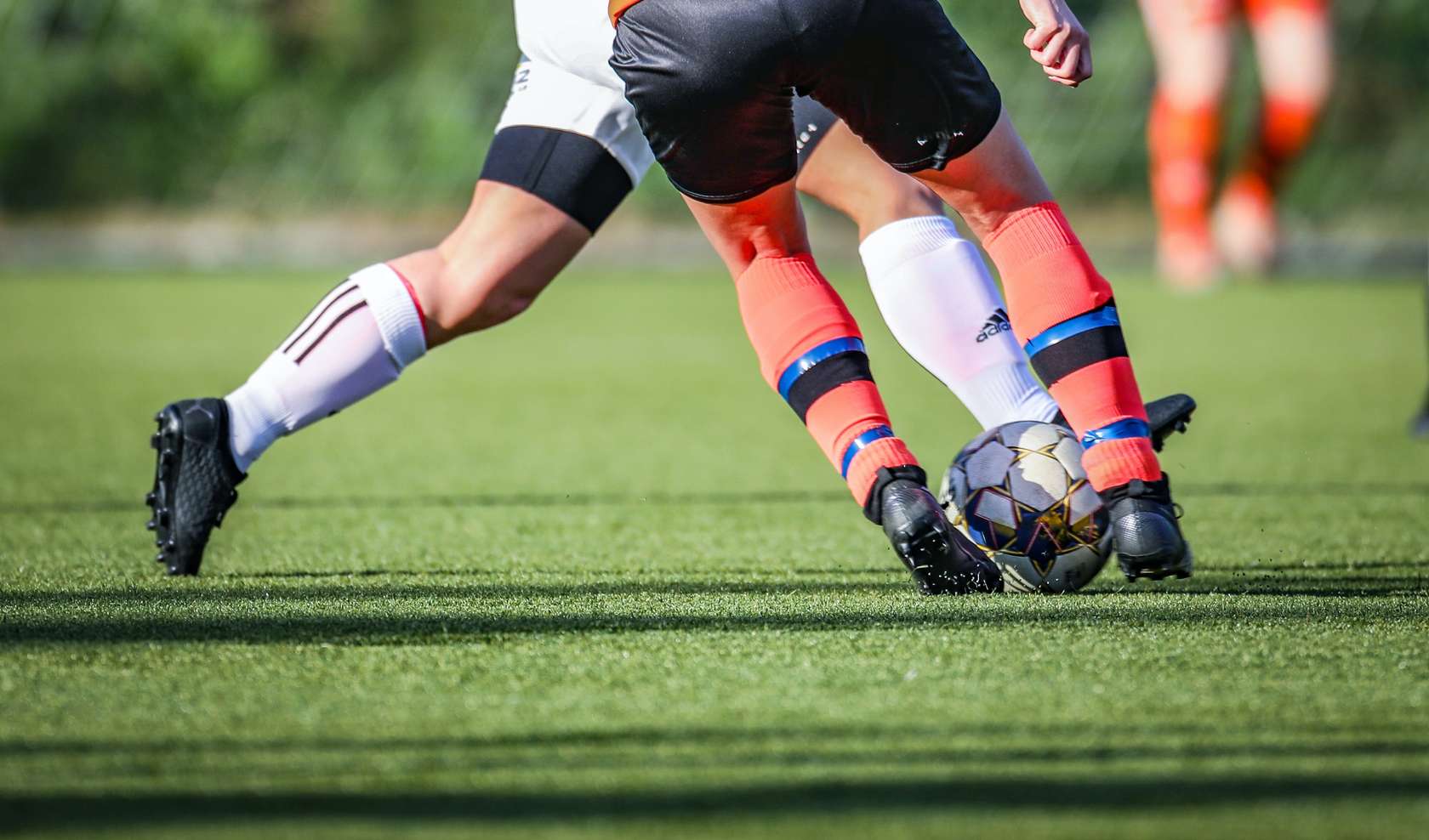

Helping LaLiga to reach the top
Client
- La Liga
Industry
- Sports
Skills
- Information architecture
- Research
- Visual identity design
Team
- 2xDesigners
Date
- 2018
LaLiga, a growing value
For some time now, Spanish football has become an industry with millions of fans all over the world and, although it can boast an audience of almost 3 billion viewers, it still has room for further growth.
For this reason, LaLiga, the organiser of state football competitions, has begun a strategy of international expansion, with the aim of reaching new markets and establishing itself in others with exponential growth.
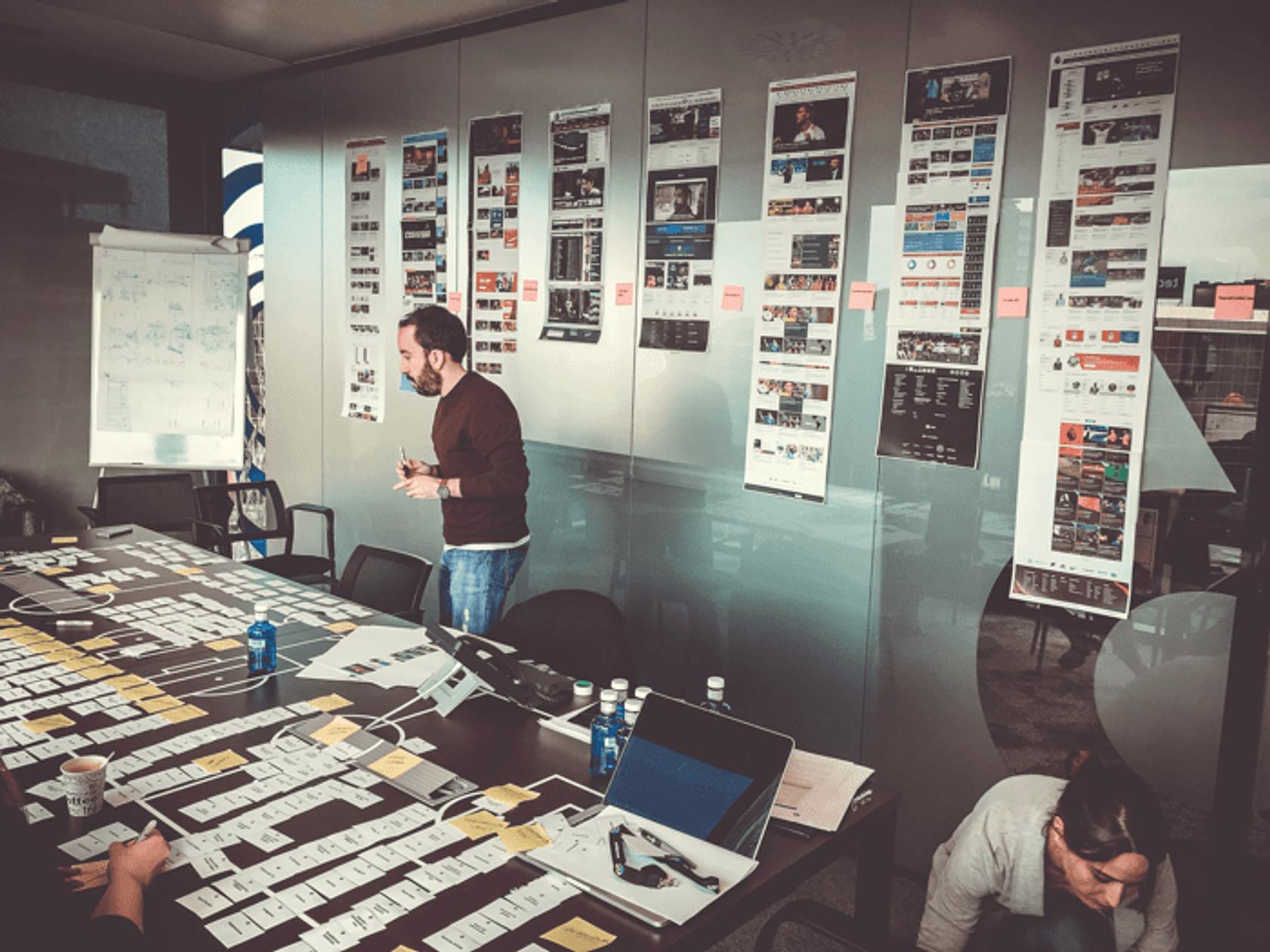

The redesign of the public website started with a heuristic analysis, a simple tool that does not require many resources but is effective and quick. After conducting it, there were several pain points that we turned into opportunities for improvement:
01
Information architecture
02
Visual style of the website
03
Sense of community
04
Brand recognition
It is not football. It's LaLiga
Working the navigation model and the architecture macro.
We structured header and footer in thematic areas. Something as simple as this solved three problems:
- This navigation model was scalable and sustainable in the face of any change or growth. The website did not "break" if more items had to be added due to business or organisational needs.
- Any user was able to easily create a mental map of the website. With this proposal we increased usability by facilitating recognition versus recall and reduced the decision time to click, which translates into an increase in the number of page views and session time.
- It allowed for more advertising placements that, even in banner format, were not intrusive.
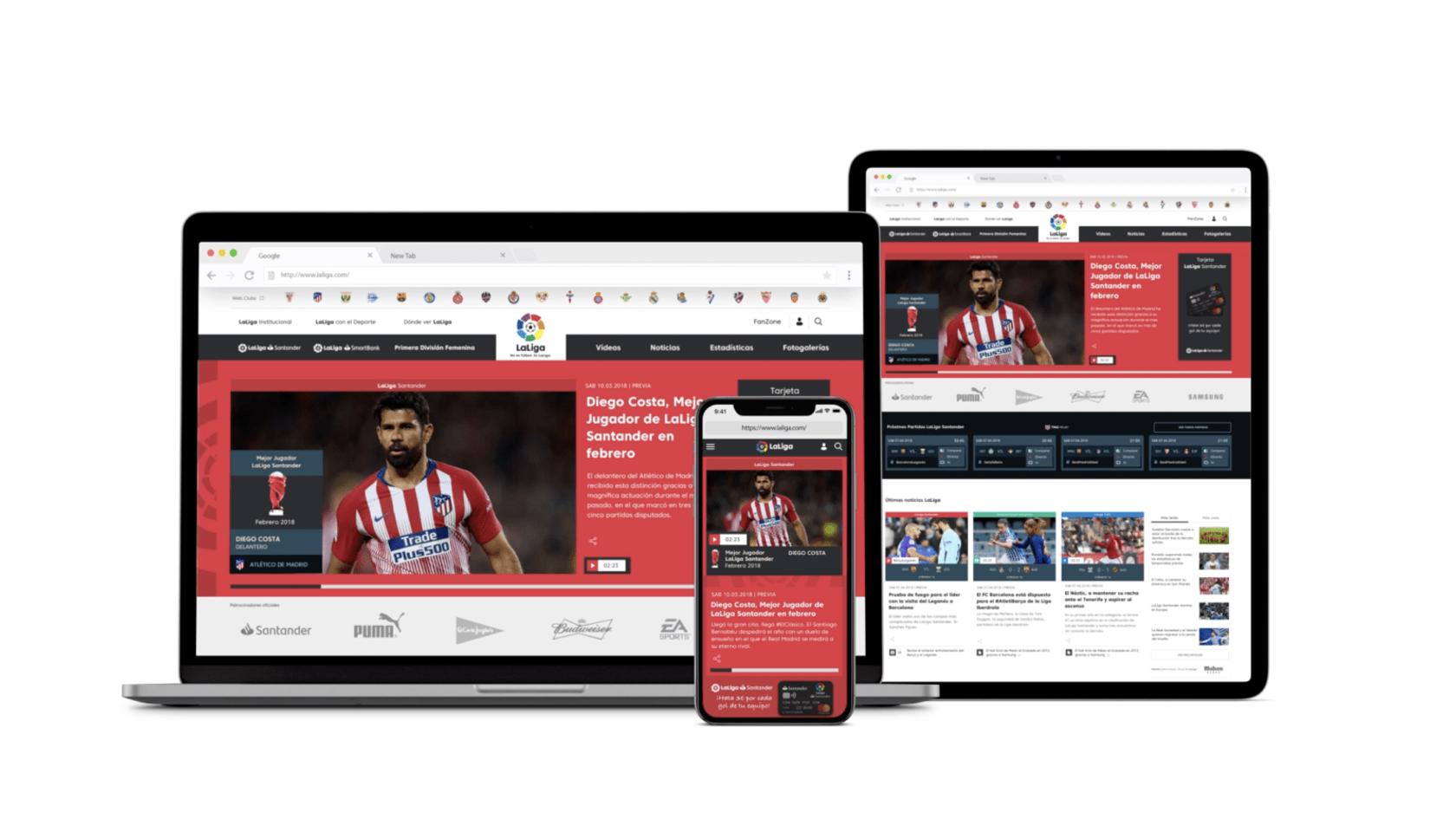
Developing a new visual framework
All the visual styling work can be summarised in three main concepts: modular design, grid and colours.
By creating a basic grid to support the modular system, each content area was assigned an identifying colour from LaLiga's corporate colour range.
In the more editorial areas (news, institutional pages, etc.) we combined the range of greys in the manual, with each colour, by type of content.
Aiming for simplicity and pleasant reading, in the consumption of these pages.
For match data, statistics, results, duels, video galleries, photo galleries, etc. we follow LaLiga's visual identity manual for television, where contrasts predominate over dark backgrounds.

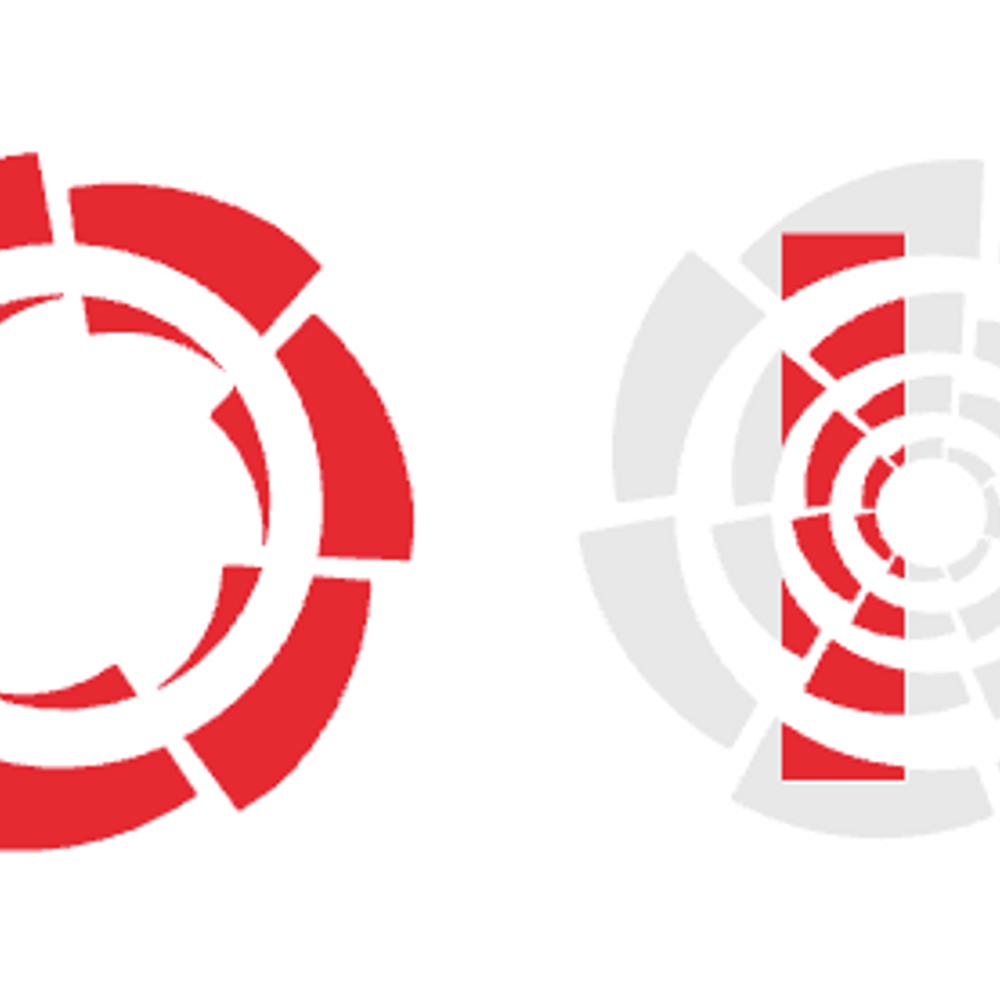


We designed a scalable and module-based system to meet all the content and page configuration needs of the public website.
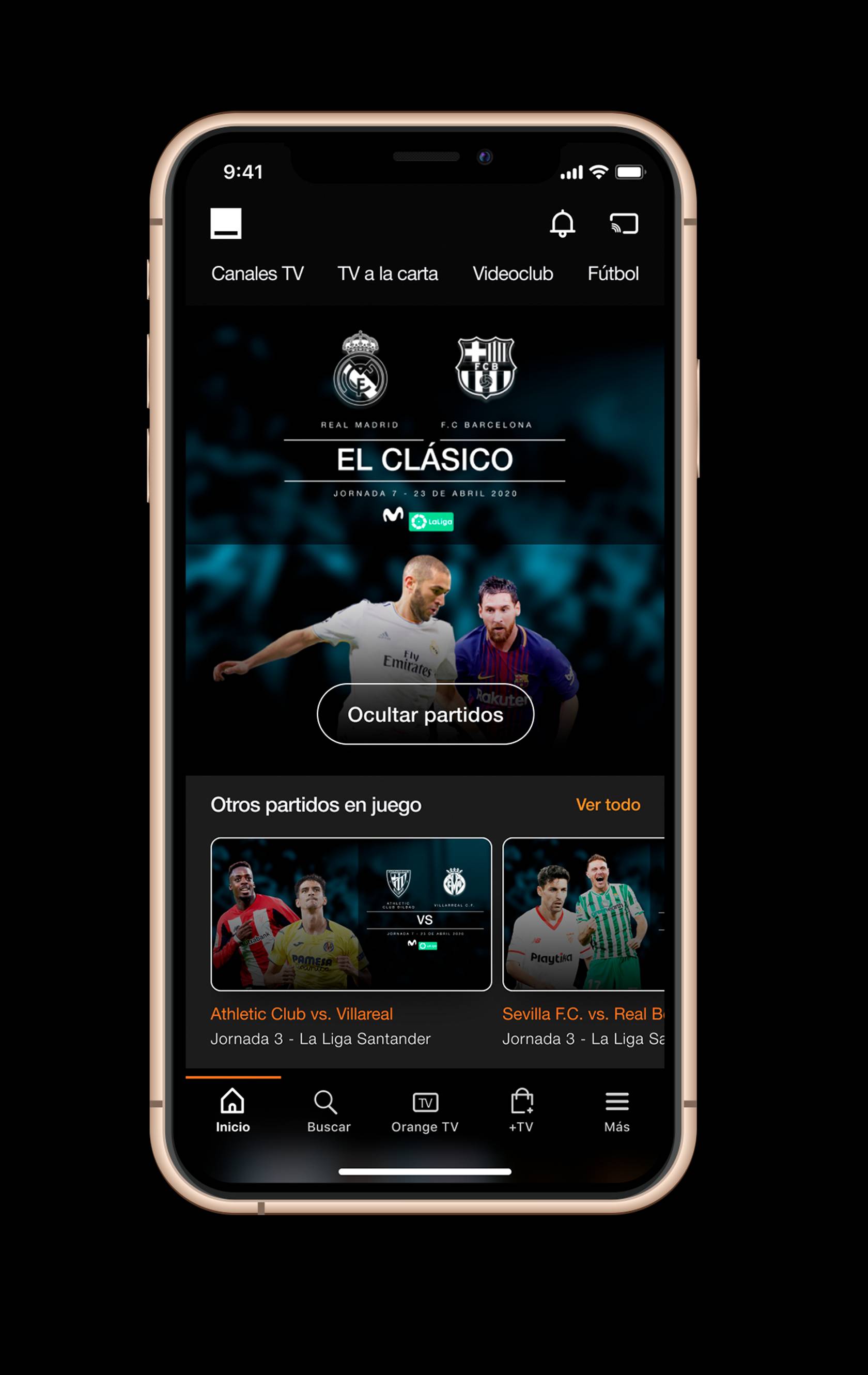

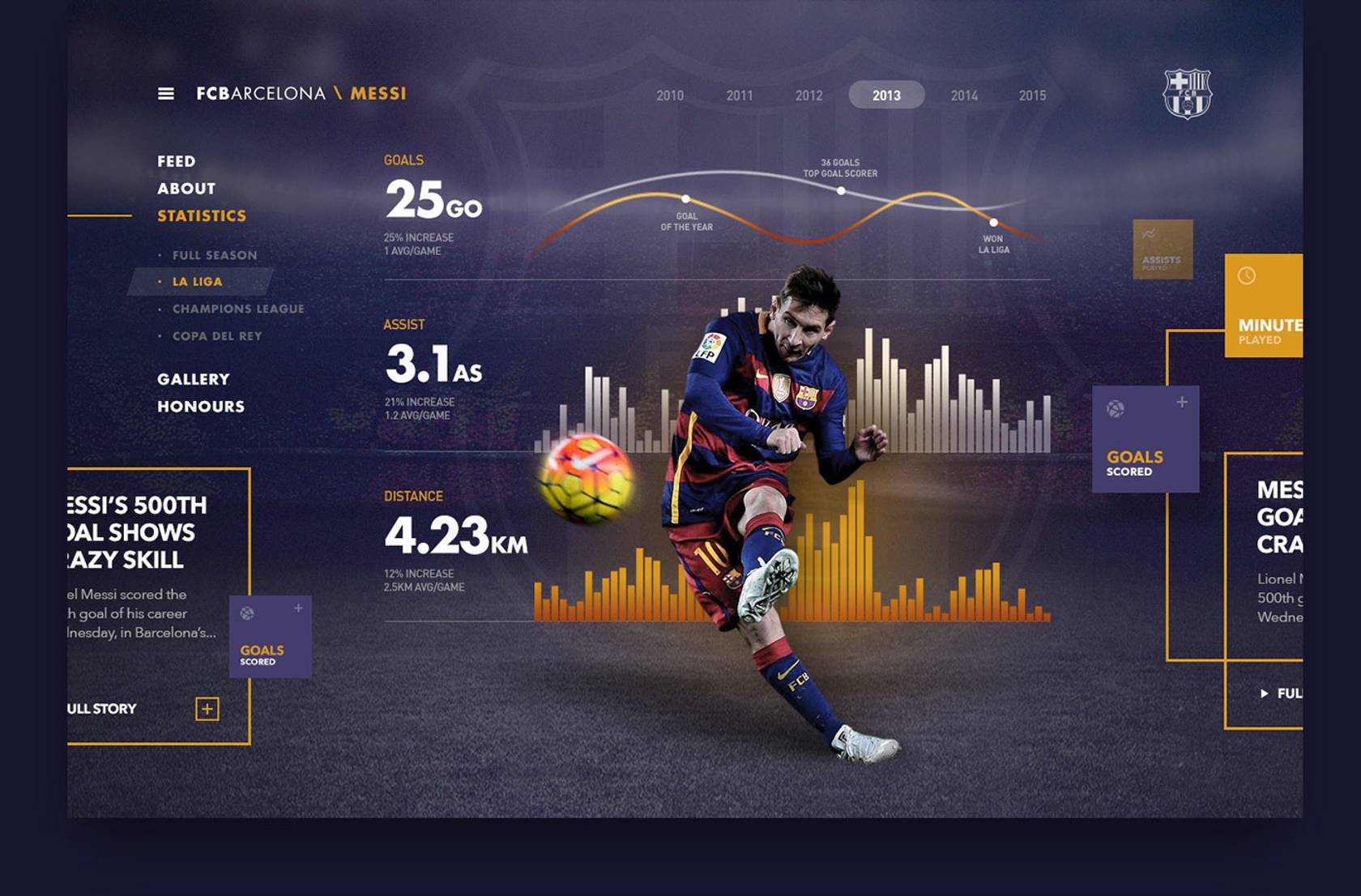

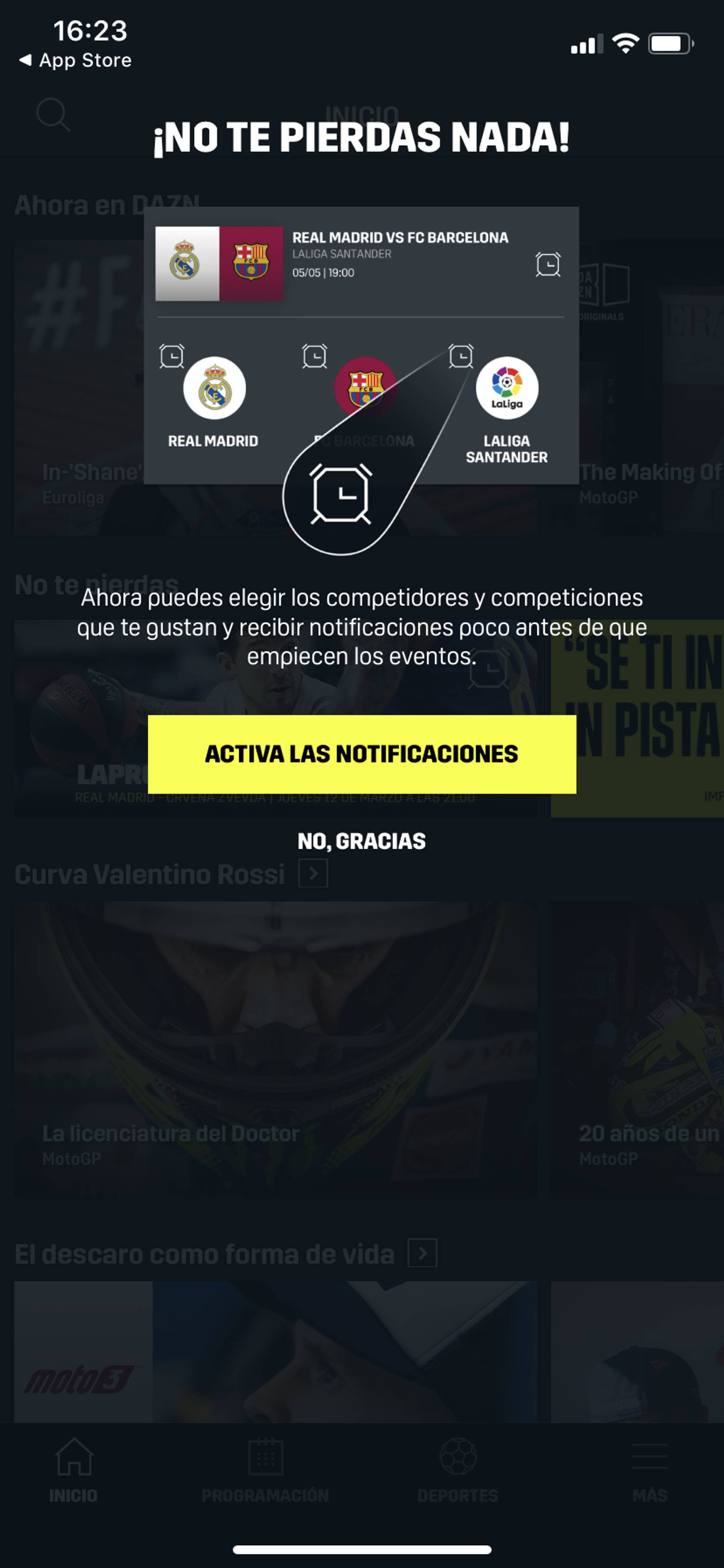

The fine-tuning



